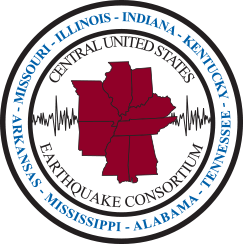In June, Robert de Groot, Ph.D, of the Southern California Earthquake Center (SCEC) came to the central U.S. to facilitate an initial deployment of the “Quake Catcher Network” or QCN. QCN is a network of low-cost seismometers installed on personal computers that transmit earthquake shaking information to servers in California. The deployment is a pilot in the central U.S., and is an extension of the EPIcenter program, which provides resources and learning tools to public information centers such as museums, science centers, and other free-choice learning institutions. In all, twelve QCN seismometers were installed in Blytheville, Arkansas, Malden, Missouri, Tiptonville and Ridgely, Tennessee, and DeSoto County Mississippi. Once in place the seismometers not only record earthquake shaking, but can be used to demonstrate how earthquakes are measured and recorded through a “QCN Live” demonstration software.
Currently, QCN devices are deployed worldwide through a cooperative program at Stanford University. In the coming months QCN is transitioning to a collaborative management approach between CalTech, SCEC, and IRIS, the Incorporated Research Institutions for Seismology.
After a review of the initial deployment, CUSEC intends to reach out to other communities in states throughout the central U.S. to join the Quake Catcher Network and improve the understanding and translation of earthquakes and earth science. For more information, visit http://qcn.stanford.edu
